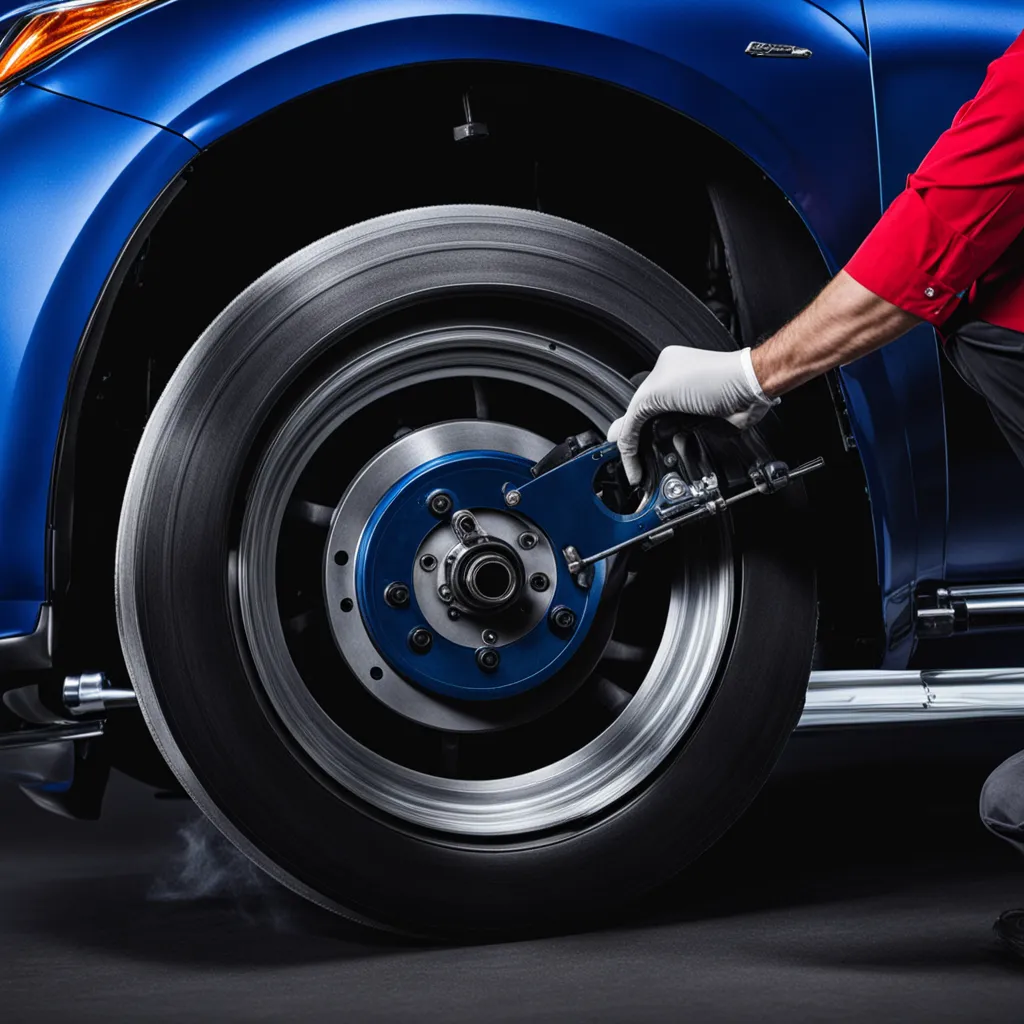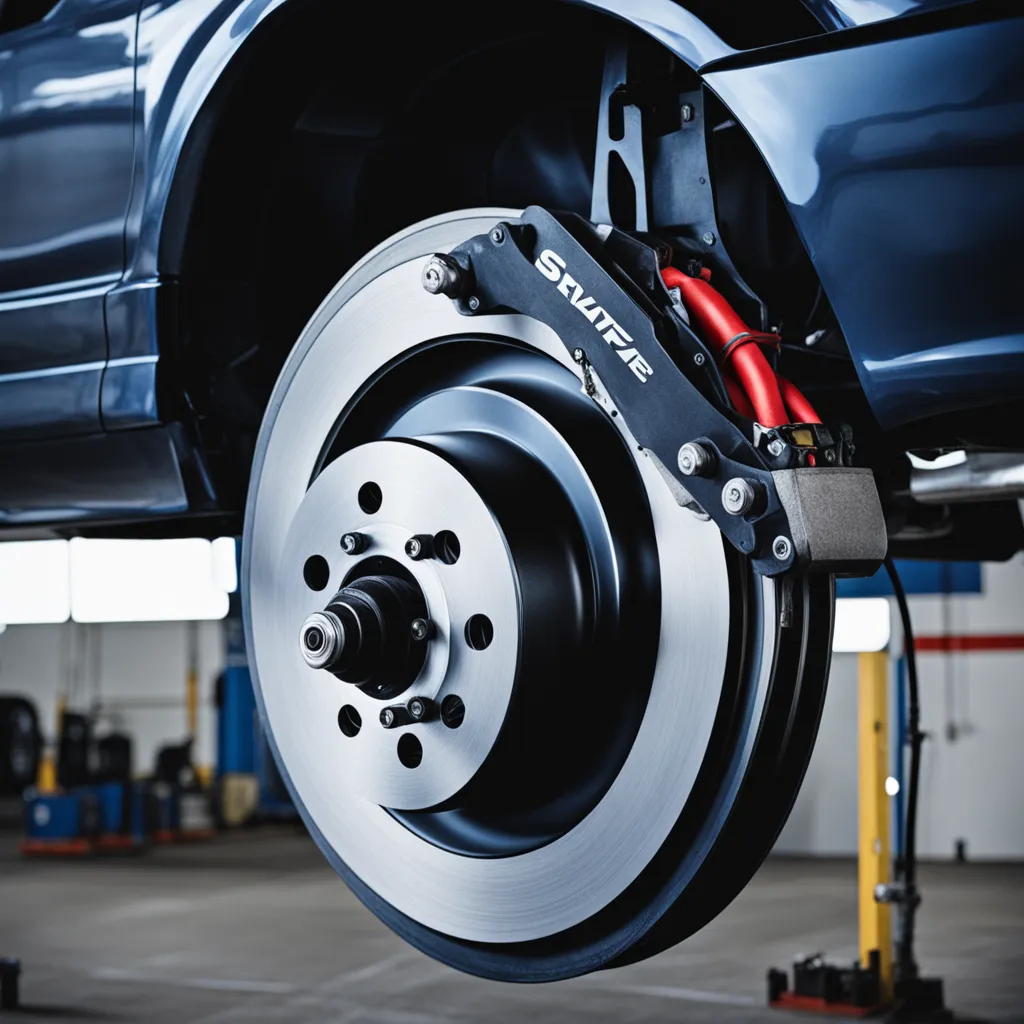How to Service Brakes: Ensuring Your Vehicle's Safety
How to Service Brakes: Ensuring Your Vehicle's Safety
Regular brake service is crucial for the safety and performance of your vehicle. Brakes are among the most important safety features of any vehicle, and knowing how to service brakes can save you time and money, while ensuring your safety on the road. This guide covers the essential steps and tips for servicing your vehicle's brakes.

Understanding Your Braking System
Before diving into brake servicing, it's important to understand the components of the braking system:
- Brake Pads: These create the necessary friction to stop the vehicle.
- Rotors: Discs connected to each wheel that brake pads clamp onto to stop the vehicle.
- Calipers: Devices that squeeze the brake pads against the rotors.
Signs That Your Brakes Need Servicing
Watch for these signs indicating that your brakes may need service:
- Squeaking or Grinding Noises: Indicate that brake pads are worn out.
- Vibrations: Suggest warped rotors.
- Increased Stopping Distance: Indicates reduced braking efficiency.
Preparing for Brake Service
Safety first:
- Park on a Level Surface: Ensure your vehicle is on a stable, flat surface.
- Gather Tools and Parts: You'll need a jack, lug wrench, brake pads, and possibly new rotors.
Steps to Service Brakes
1. Removing the Wheel
- Use the lug wrench to loosen the lug nuts.
- Lift the car with a jack and then fully remove the lug nuts and wheel.
2. Inspecting Brake Components
- Examine the brake pads and rotors for wear.
- Measure the thickness of the brake pads. If they're below the minimum recommended thickness, replace them.
3. Replacing Brake Pads
- Remove the caliper to access the brake pads. Do this by unscrewing the caliper bolts.
- Remove the old brake pads and fit the new ones.
4. Checking the Rotors
- If the rotors are significantly worn or warped, they should be replaced or resurfaced.
- Measure the rotor thickness with a micrometer to ensure it's within the safe operating range.
5. Reassembling
- Reattach the caliper and ensure all bolts are tightened securely.
- Replace the wheel and lower the car.
Bleeding the Brakes (If Necessary)
If you opened the hydraulic system or if the brake pedal feels soft, you may need to bleed the brakes:
- This process removes air from the brake lines and is crucial for brake performance.
Test Drive
- Always perform a test drive in a safe area to ensure the brakes are functioning correctly.
Maintenance Tips
- Regularly check brake fluid levels.
- Listen and watch for the signs of wear mentioned above.

Conclusion
Regular brake servicing is not only crucial for your safety but also extends the life of your vehicle. Whether you choose to do it yourself or take it to a professional, staying informed about your braking system is key. Remember, when it comes to vehicle maintenance, a proactive approach is always best. Drive safe, and ensure your brakes are always in top condition.